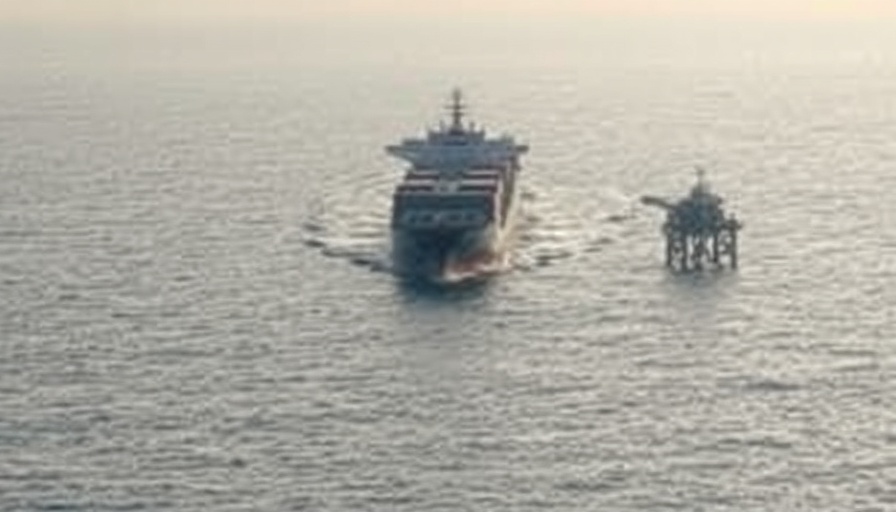
Transforming Maritime Training with Gamification
In a rapidly evolving world, where technology drives innovation, traditional training methods in maritime education can often feel outdated and disengaging. Enter the COLREGs Challenge, a revolutionary mobile and web-based app designed to simulate the International Regulations for Preventing Collisions at Sea (COLREGs) through fun and interactive gameplay. Now, seafarers no longer just read regulations; they live them through immersive experiences that echo real-world scenarios.
The Need for Modern Learning Tools
As Stewart Bankier, Group Director of Training, aptly points out, understanding the learning needs of today’s seafarers—especially the younger generation—has never been more critical. With rapid advancements in technology and changing career dynamics in maritime sectors, traditional training can no longer engage effectively. The COLREGs Challenge offers an exciting solution, merging education with entertainment to keep trainees motivated and actively participating in their learning journey.
Game On: The Playful Learning Experience
The app boasts more than 20 interactive modules that cover diverse themes such as basic navigation, collision avoidance, and signals and buoys, ensuring comprehensive coverage of essential COLREGs knowledge. Unlike standard textbooks, the COLREGs Challenge transforms complex navigational decisions into engaging gameplay. Cadets can immerse themselves in styles ranging from bridge simulations to fast-paced reaction games, all the while enjoying a rich narrative that ties back to real-life maritime situations.
A Glimpse into the Gameplay
The game modes are designed to cater to different learning preferences and scenarios:
- Bridge (BDG): Players take control from the captain's chair, making real-time decisions on course and speed.
- Navigation (NAV): An ECDIS-themed interface allows for strategic management of maritime tasks.
- Radar (PAN): Simulated ARPA radar environments prepare crews for low-visibility situations.
- Puzzle (PUZ): Quiz-style gameplay tests players’ knowledge of lights, shapes, and rules.
- Wack-a-Mole (WM): A fast-paced game challenges players to identify varying signals quickly.
This multifaceted approach keeps the learning dynamic and multifarious, breaking away from monotonous study sessions.
Offline Accessibility – A Game-Changer
Understanding that stable internet access can be sporadic aboard many vessels, the developers of the COLREGs Challenge have incorporated an offline mode. Users can access all learning materials without an internet connection, ensuring that training is never put on hold—even in the middle of the ocean. Progress and scores are seamlessly updated once connectivity resumes, allowing an uninterrupted learning experience.
Engagement Beyond the Classroom
The app doesn’t just help users learn; it actively engages them with features like performance tracking, scoreboards, and unlockable achievements, creating a competitive yet educational atmosphere. The leaderboard encourages participants to strive for excellence, motivating them to master the COLREGs like never before.
Broader Implications: The Future of Maritime Training
As the global shipping industry braces for tech-driven transformations, embracing innovative learning methods like those in the COLREGs Challenge will be pivotal for training the next generation of maritime professionals. Building skills in a relatable and engaging manner enhances retention and competency, crucial in a sector where safety and navigational accuracy remain imperative.
In conclusion, the COLREGs Challenge not only reshapes how maritime regulations are taught but also paves the way for a more interactive, engaging approach to professional training. It’s a nod to the fact that fun and learning can coexist, particularly in fields that traditionally leaned towards rigid instructional methods. For anyone involved in maritime training, this app is definitely worth a try.
 Add Row
Add Row  Add
Add 




Write A Comment